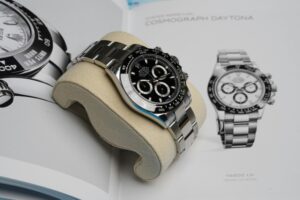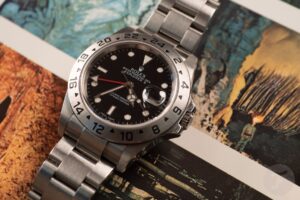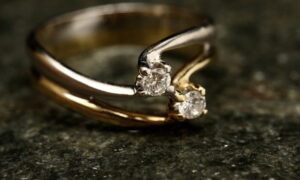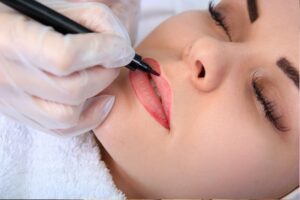The Dark Side of Modeling
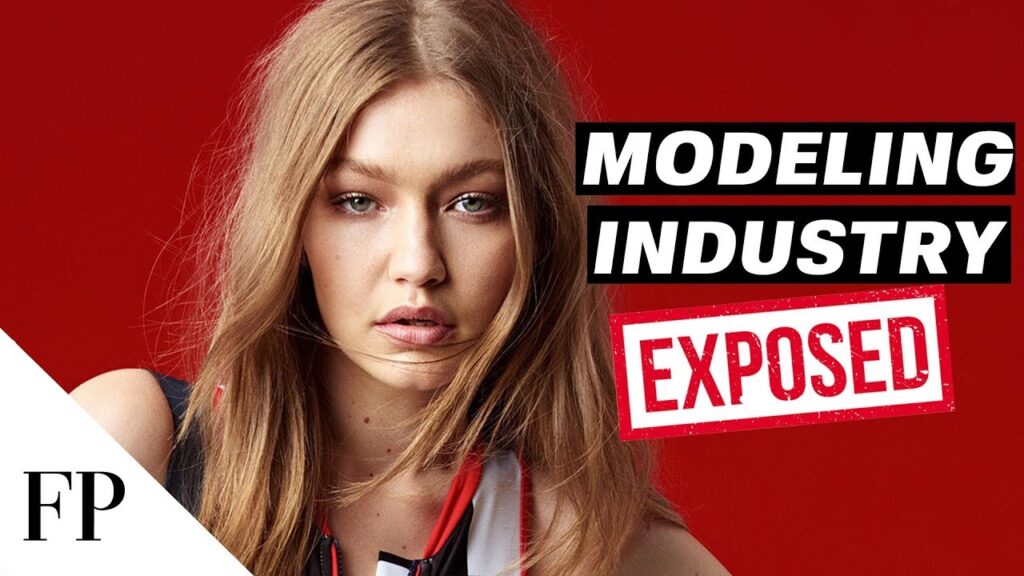
A career as a model sounds glamorous, but it’s not always as it seems. It’s a hard job with a lot of stress and anxiety, as well as many negative aspects.
The industry is plagued by wage abuses, sexual harassment and exploitation. These problems have been exacerbated by weak labor laws and international recruitment.
1. Appearance
To the outside world, the modeling industry sounds like an exciting and glamorous career. It involves donning branded clothes, traveling to exotic locations, and being the center of attention. But behind the glitz and glamour, there is a dark side that no one tells you about.
Appearance refers to the way someone looks, including their skin tone, hair color, and facial expression. A model’s appearance can be very important to their success, but it can also be a source of stress and anxiety for models who don’t look their best.
The beauty standards in the modeling industry are harsh and unrealistic, especially if a model has a body type that doesn’t fit the mold. A lot of models are forced to diet and exercise to get their dream body, which can lead to a number of health complications.
Some models even end up having eating disorders as a result of their obsession with looking good and their need to control their weight. Eating disorders can cause a range of different symptoms, such as weight loss, fatigue, depression, and insomnia.
A new Instagram account called “Shit Model Management” is using humor to shine a light on the darker side of the modeling industry. The account is only a month old, but already has more than 30,000 followers, many of whom are models themselves.
The modeling industry has been a hotbed of controversy lately due to its lack of diversity and toxic standards of beauty. In addition to this, it is often a dangerous career for people who don’t fit the mold. In particular, people who are queer or transgender often face discrimination and physical violence in the industry.
2. Stress
The modeling industry is a highly competitive one, and it’s hard to make it to the top. It’s also a tough job that requires a lot of physical and mental energy. Having to meet deadlines and take part in high-pressure events can put models’ stress levels through the roof.
Many models develop serious health issues because of the pressure they experience while working in this industry. They can develop an eating disorder or have a psychiatric condition like anxiety and depression because of the stress they undergo.
Another issue that models face is the stress of not making enough money. This can lead to a lack of motivation and affect their performance in the workplace.
This is especially true for fashion models, who work as independent contractors and don’t receive the benefits that employees get. This can mean that they don’t receive the same level of pay as employees at their agencies and brands, or that they may not have access to healthcare insurance.
Models often have to travel for their jobs, which can cause them a lot of stress. They are also required to take part in a variety of high-pressure events, such as catwalks and photo shoots.
The stress of working in the modeling industry can lead to a number of different problems, including an increased risk of suicide. A Centers for Disease Control and Prevention study ranked the modeling industry seventh on its list of highest-risk occupations for suicidal thoughts.
The modeling industry needs to be made aware of these problems and educated about them. This will help them understand the issues that they may be facing and where to get help.
3. Sexual Harassment
Flashing lights, runways, and young girls in designer dresses may be a huge part of modern culture, but there’s also a dark side to the modeling industry. Models are often the victims of sexual harassment and assault, both at work and in their personal lives.
According to the Model Alliance, about 30% of models have experienced some form of sexual harassment while working. These include being asked to do a photo shoot with nudes without their consent, being denied privacy while changing clothes, and nonconsensual touching at work.
Many models are unable to speak out about their experiences because they don’t want to lose their jobs or connections. This is particularly true of female models, who may be more hesitant to report their abusers.
In response to these concerns, the #MeToo movement has given fashion brands and models the opportunity to demand safer work environments. Levi’s, for example, negotiated a legally binding agreement with their supply chain to address this issue.
However, it’s still a long way to go before fashion brands and their supply chains are completely safe from sexual abuse and exploitation. That’s why it’s important to understand the basics of sexual harassment law and how to get started filing a claim against your employer.
If you have been a victim of sexual harassment, you can file a complaint with the appropriate state or federal agency. Then, you can hire a lawyer to help you file a lawsuit.
You can recover damages for your loss of wages, medical bills, therapy expenses, and emotional trauma. The amount you can receive depends on the nature and severity of the sexual harassment and how it affected your career.
4. Depression
The modeling industry sounds glamorous, but the reality is that a lot of models suffer from depression. This is because they are constantly being evaluated and judged for their appearances, which can result in mental health issues like anxiety and depression.
The fashion industry is a global one, involving a number of professions including photographers, designers, casting directors, stylists and hair/makeup artists. This compulsion to be perfect, to meet all the requirements for every job they do, can cause models to feel overworked and stressed, which is why they need to learn how to say no, protect their self-worth and make sure they have time to take care of themselves.
It is also a good idea to make sure you are brushing up on your modelling skills from time to time, so that you don’t fall victim to any of the common mistakes that newbies make. This way, you will be able to avoid any possible breakdowns and mental health issues down the line.
In terms of the dark side of the modeling industry, it has to do with money. It’s no secret that modeling is not a financially rewarding career, and many models have to work menial jobs just to keep the lights on.
Moreover, the fashion industry has a long history of racism and xenophobia. These are two factors that can lead to mental health problems in models, especially those who identify as LGBTQ+ or of color.
Although the fashion industry has made some progress in regards to dealing with these issues, it is still an incredibly stigmatizing place to work. This is why campaigns that aim to raise awareness and promote the presence of mental health in the modeling industry are so important.
5. Eating Disorders
Eating disorders are a serious problem in the modeling industry. Several factors can contribute to the development of an eating disorder, such as genetics, mental health problems and social influences.
Models are under intense pressure to maintain a thin body frame, which can cause them to develop eating disorders. They are at higher risk of developing eating disorders than non-models.
They are also more likely to restrict their food intake and exercise excessively. This leads to unhealthy relationships with food and can lead to anorexia nervosa or bulimia nervosa, which can lead to severe weight loss and other complications.
This can lead to serious physical and mental health problems that can negatively impact the models’ life. They can become malnourished, experience dehydration and lack of energy and sleep. They can also suffer from constipation, diarrhea, headaches and fatigue.
In addition, they can develop oral hygiene problems, gum disease and tooth decay/loss. They may suffer from depression, anxiety or PTSD.
The pressure from the modeling industry can make them feel like they need to lose weight in order to get a job and look “model-like.” This is what drives their eating disorder behaviors, according to researchers.
These behaviors can include restricting their diet, exercising excessively or using laxatives or diuretics to help them lose weight. They can also engage in binging and purging.
Eating disorders are complex psychiatric conditions that affect people of all ages. These conditions can have severe effects on a person’s life and can be very difficult to treat. However, there are ways to help models and other people affected by these disorders. One way is to encourage more inclusive beauty standards and provide them with the resources they need to keep their health in check.

